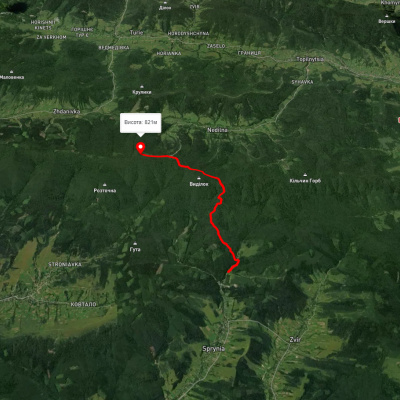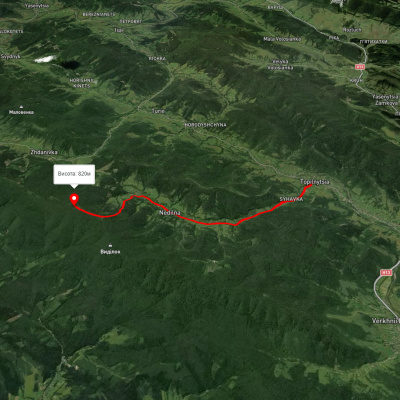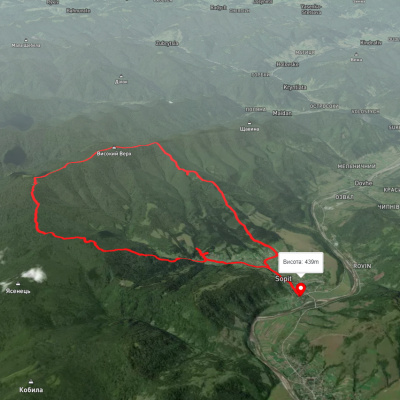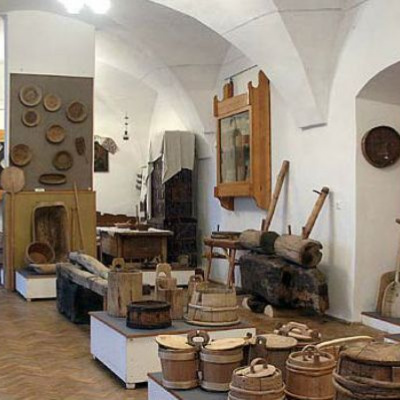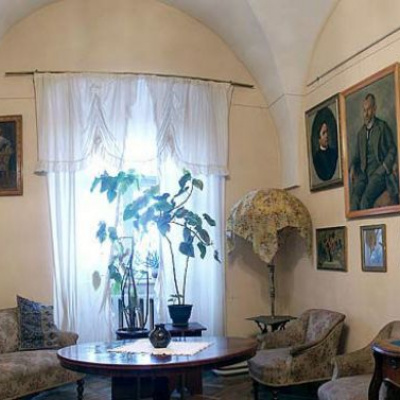Historical and Ethnographic Museum "Boykivshchyna"
In the 1920s, the Boikivshchyna Society was formed by Ukrainian intellectuals. The society included such figures as Ivan Fylypchak (educator, writer), Volodymyr Hurkevych (lawyer, public figure), Volodymyr Kobilnyk (doctor, ethnographer, archaeologist), Antin Kniazhynskyi (educator, writer), Mykhailo Skoryk (scientist, publicist, educator), and Volodymyr Korduba (engineer, cartographer). The first meeting was held in 1927, and the museum was founded at that time. They also launched a wide range of scientific and publishing activities. The scientific leadership of the Boikivshchyna Society founded the publication "Chronicle of Boikivshchyna." Over the 10 years of its existence, the publication managed to publish eleven issues. The Society launched a series of separate publications on the history, life, and folklore of the Boyko people. In July 1954, in connection with the postwar repressions that affected the associates of the Boyko community, the fate of the museum was decided by a cruel order of the Ukrainian SSR to be liquidated.
The revival of the museum coincided with the creation of the Independent Ukrainian State. In December 1990, the Executive Committee of the Sambir City Council allocated premises for the restored museum in the former building of the parish school, built by the townspeople in 1679. The museum has 3 permanent exhibitions: Material and Economic Culture of the Boyko and Boyko Carrying. It presents items of Boyko household goods, clothing (women's and men's), samples of embroidery from the Turka region, and items of weaving. The Kozakevych family. The family's heritage: furniture, bottles, cassettes, an Empire clock, an album with photographs, family portraits, a collection of postcards, and documents from the 14th-19th centuries. An exposition of the national liberation struggle, which presents materials about active members of the ZUNR, OUN, UPA, and UGVR.
A separate exposition is dedicated to Andriy Tchaikovsky (lawyer, writer, public figure, district commissioner of the ZUNR). Materials about the Stebelski family were donated by a resident of Sambir, Daria Tomashek, and relatives from Lviv. The expositions are supplemented by banners in newspaper form, a joint project of the museum and the Taras Shevchenko Prosvita Society entitled "Etudes on the History of Sambir District", donated by Sambir resident Taras Kozbur (USA), which highlights the tragic events of 1941. To date, the museum has reprinted the "Chronicle of Boikivshchyna" of 1931-1939. In 2013, an album-catalog "Renewal of Traditions" was published with a dedication to the 120th anniversary of the birth of the Confessor of Faith, Patriarch Josyf Slipyj.
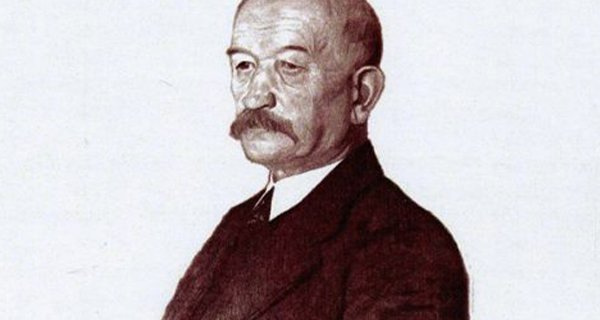
Accommodation around Historical and Ethnographic Museum "Boykivshchyna":
Nearby hiking trails near Historical and Ethnographic Museum "Boykivshchyna":
Які маршрути проходять повз Historical and Ethnographic Museum "Boykivshchyna"?
Пропонуємо пройти такі туристичні (пішохідні) маршрути через/біля Historical and Ethnographic Museum "Boykivshchyna": Сприня - Каплиця - Вежа Пам'яті, Недільна - Вежа Пам'яті, с. Сопіт, через Сопітські полонини до с. Сопіт, с. Кам'янка, через г. Лопата, м. Сколе, г. Парашка до с. Крушельниця, с. Корчин, через вдсп. Гуркало, г. Парашка до с. Крушельниця, м. Сколе, через г. Парашка, вдсп. Гуркало, с. Корчин до с. Верхнє Синьовидне
